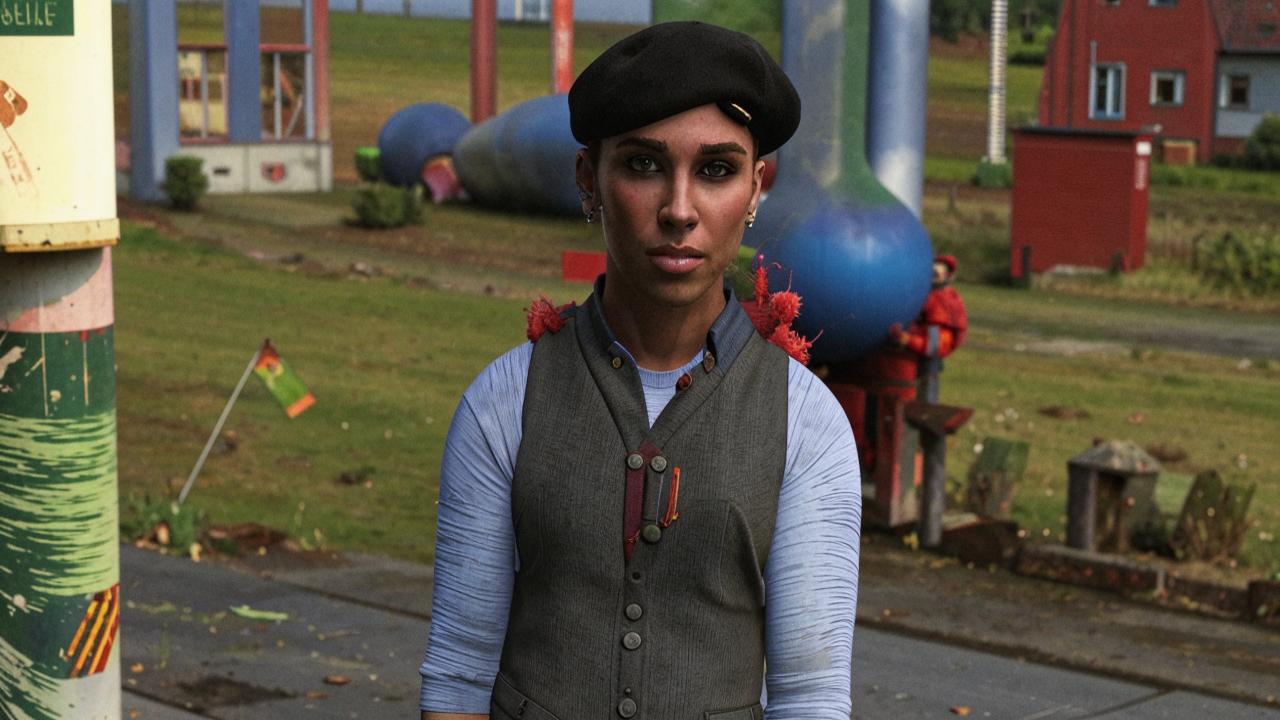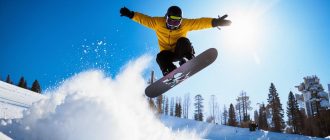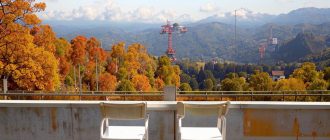
What subtleties can you encounter on a photo tour? What do you need to know?
You don’t have to puff yourself up in the gym to keep fit. Mountains, fjords, dunes and even ocean shores can be a great place for training. Such an opportunity is provided by photo tours, where getting to hard-to-reach places is a challenge. Unlike an ordinary tourist who admires the landscape with a cocktail in his hands, a photo traveler makes dozens of movements to get an ideal angle. It takes extra preparation, good physical shape and stamina. We talked to the organizer of such trips, who has been to 135 countries, about the subtleties of the direction.

What are photo tours?
These are first of all travels of photographers, often amateurs. Some travel for landscapes, others for ethnicity, others for impressions. Sometimes all this can be found in one trip. People don’t go on a photo tour to rest – they go to move actively in order to find interesting shots. Most often they choose exotic destinations that do not resemble the usual places. For example, people go to Victoria Falls in South Africa or to the mountains of Nepal for natural beauty. For exoticism and ethnicity – to the tribes of Africa.
Who is suitable for this direction? Phototourism is suitable for those who want to challenge themselves, go to places where people rarely set foot, overcome obstacles and capture bright moments. Professional photographers go on such tours to fill their portfolios with exclusive images.
Where to go for beautiful shots?
Stanislav: Here you need to decide on your goal and then choose a destination. In addition, it is important to choose a suitable period of time in advance in order to create an ideal route and logistics. If it’s a waterfall – it’s important to understand how well-lit the object is. Dreaming of seeing the northern lights? It’s worth looking at forecasts for the likelihood of this event and choosing locations away from cities so that the lights don’t interfere with night photography.
For the northern lights you can go to the Arctic Ocean. Here you can see reindeer, pet huskies, and taste seafood. If you want to change the situation dramatically, to warm up and eat fruits in the warmth – choose South America or Asian countries – for example, Vietnam or Thailand. There are natural beauties here – waterfalls, mountains, deserts, barchans and ocean shores. For northern locations and fjords, you can head to Norway.
What other options are there?
Tours are categorized by difficulty of passage and risk. By destination: mountains, sea, waterfalls, caves. And also by theme, for example, event or health. Usually there are no additional lessons in photography, but participants share their impressions in the process and thus gain experience.
Drone photography. To use a drone, you need to find out in advance whether such shooting is allowed in this country, and if so – where exactly and whether there are no restrictions. Someone specifically travels to cities and shoots architectural objects – for example, the Burj Khalifa Tower or the new glass bridge in China.
Photo Expedition. A tour with elements of exploring the last remaining tribes on the planet – for example, in Africa. In the case of filming the customs of local people, it is worth going when they are doing something interesting, so that the reportage turned out to be lively. Good moments – harvest, holidays, going out to sea for fishing.

Event photography tours. For example, carnivals in Brazil or in Peru with the Quechua Indians. Or, for example, when the king of Swaziland (South Africa) chooses his next wife – there is the Feast of the Cane – a parade of virgins. In New Zealand, you can take in the sky, capture the Milky Way and walk through the places where Star Wars was filmed.
Religiously-oriented tours. This is where amateur photographers go to shoot pilgrims, such as the Voodoo Festival in Benin. But some such events are very hard to get to.
Photodiving or snowriding. These directions allow you to combine sport and photography. In South Africa, for example, specially bait sharks and offer tourists to climb into a special cage. There you can go underwater with your camera and shoot sea predators.
What foreign destinations are available now?
Stanislav: To go on a photo trip, you need to take into account the situation with the pandemic. Find out which destinations are possible with connections and whether there are special requirements for tourists from Russia. To see exactly where there is a charter flight to. Last year, for example, I managed to get to Tanzania using a charter to Zanzibar. Now popular destinations are Margarita, Dominica, Cuba – island places where tourists go en masse and can launch a charter – it is both faster and cheaper.
Advice from an expert: If you are planning to cross borders, take into account that there will be difficulties, and the most unexpected ones. For example, the cost of a PCR test will be high or the political situation in the host country will change. There are no ideal conditions, so you need to be prepared for everything. Flights with connections are a risky thing now – suddenly some destinations can be canceled. Therefore, try to find the most direct options or relatively stable transfer points. Istanbul and Abu Dhabi remain more or less reliable in this sense. From there you can fly to South Africa and Socotra.

And what about Russia?
Among Russian destinations there is Kamchatka, where photo travelers are attracted by the Valley of Geysers and volcanoes. But logistics here are not easy – some remote points can be reached only by helicopters. Interesting destinations for summer photo travel by car are Kaliningrad, Crimea, Sochi, Ingushetia, Dagestan – there are both coast and mountains. For those who are interested in architectural objects – the cities of the Golden Ring and St. Petersburg – now there are no large crowds of tourists from other countries on the squares. Murmansk, Kola Peninsula, Kalmykia are available – and for reasonable money. Winter Baikal and walks on the ice are also popular.
I think Baikal is a good place for the first steps in photo tourism. It is picturesque there at any time of the year and not difficult in terms of walkability. I have been to Altai many times, so I would put it in the list of the most photogenic places. There high mountains combine with deep lakes and create a unique contrast.

What does sport have to do with it?
Stanislav: Travelers with cameras are more loaded than ordinary tourists. Even if they travel along the route by car – after reaching a point, they have to take a tripod and climb up the mountain with the photo equipment. For example, to get an angle from above or a view on the other side of the river. Such trekking gives a good cardio workout. A person with a camera is moving around all the time – you usually get more than 20,000 steps a day.
The camera can also be quite heavy, which is a considerable physical strain. Finding an angle involves active body work. Even to shoot something meditative – a peaceful natural landscape – you have to go to a point several times and wait for the clouds to lie compositionally beautiful. Either way, it’s good for your health – fresh air in the mountains or on the ocean where you can put your thoughts in order.






